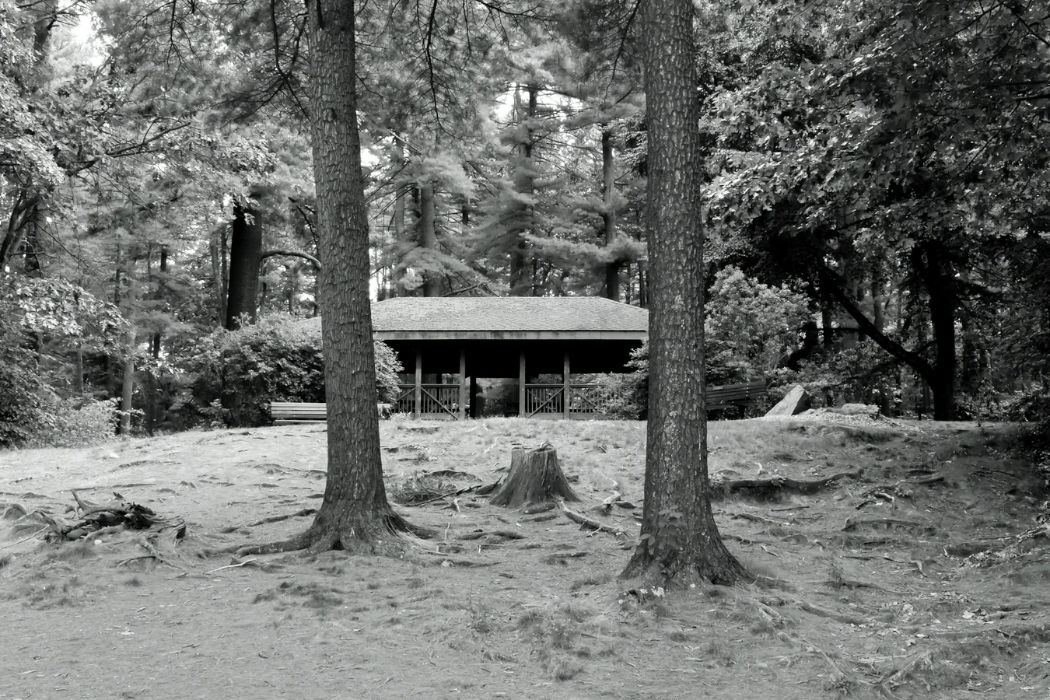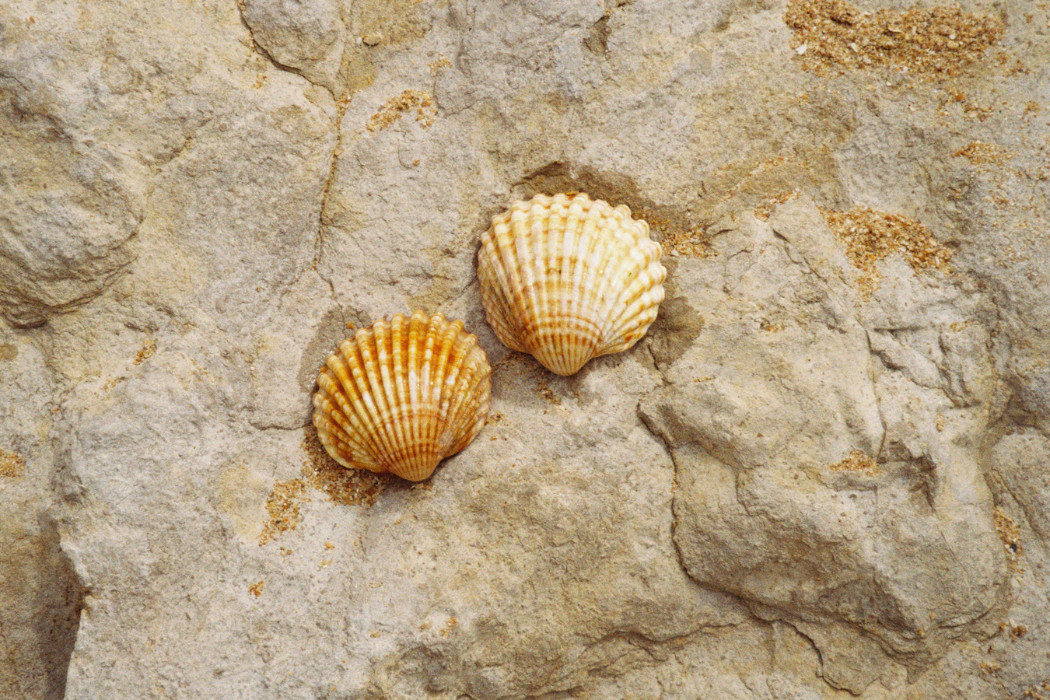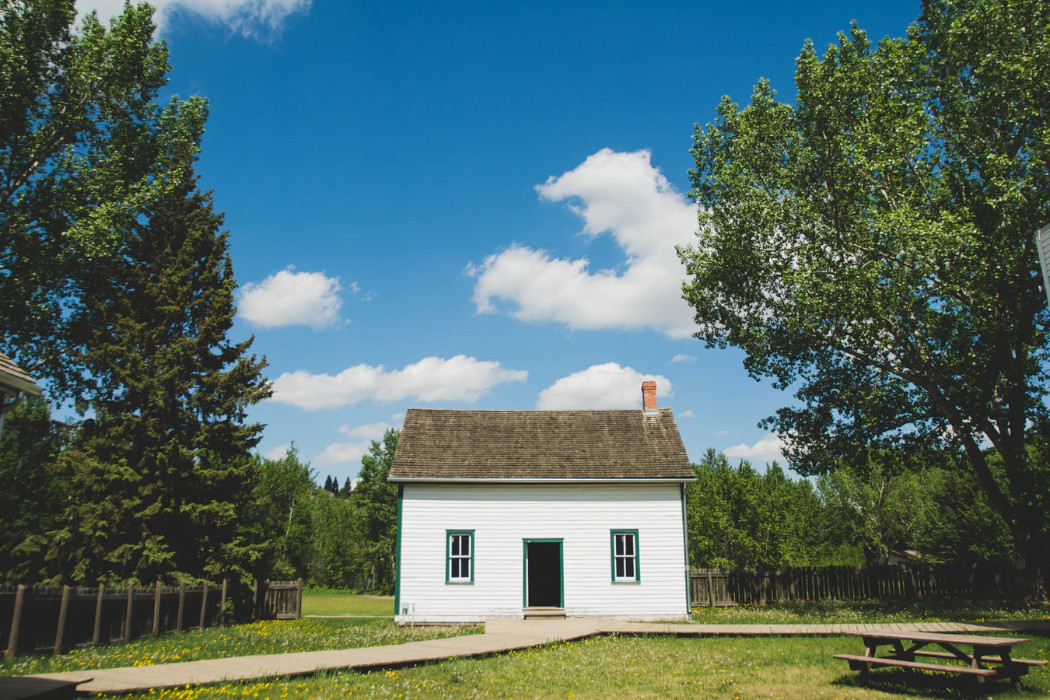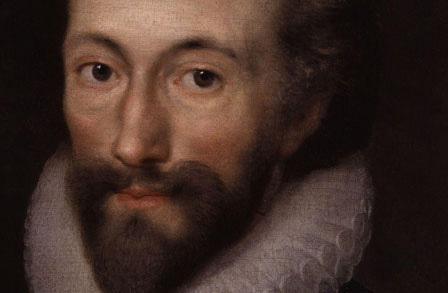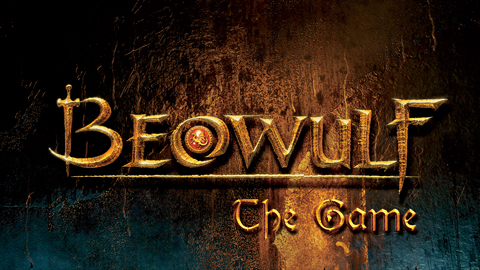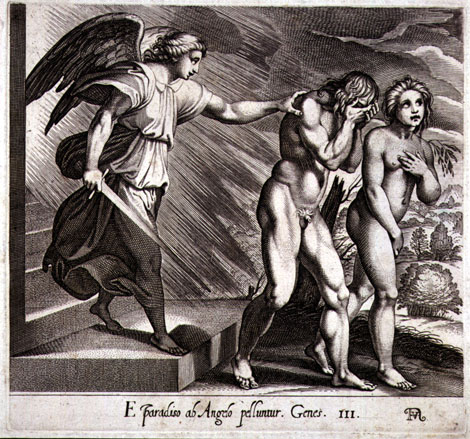Lear is known to write nursery rhymes and comic lament. The poem, The Quangle Wangle’s Hat, is also a comic lament. As is known from the biography of Lear, the poet himself was a loner and so was his ‘Quangle Wangle’. However, considering the fact that Lear was also known for his musical composition of Tennyson’s poetry, one finds the echo of the latter’s poetic style in the former’s writings. Yet, this could be overlooked as a mere case of inspiration as unlike Tennyson’s, Lear’s poetry were full of humour and a fun-rhythm of its own.
Poetic Devices in The Quangle Wangle’s Hat
Lear is known for his use of neologisms and the form of literary nonsense. He was attentive to the rhythm of his poetry rather than the use of actual words (a fact which can be attributed to his career as a composer and musician). As he wrote for children, he made sure to use words and phrases that would add to the playful tone of his poetry. In this particular poem, Lear has not only used neologisms and literary nonsense, but he has also employed other classical poetic devices such as alliterations, as in the lines “ribbons and bibbons…/And bells, and buttons, and loops and lace”. With the use of alliteration, though he has increased the rhythmic beauty of his poem yet, it has also given his poetry a touch of a layman’s speech as “ribbons and bibbons” signifies. Along with alliteration, he has also used hyperbole as in the case of the description of the “Beaver Hat” which is “hundred and two feet wide”. The use of hyperbole has increased the effect of the poem as a dreamlike narration of an unusual place with unusual characters. This is a usual technique used in children literature. The use of neologisms can be highlighted in the phrases like “Crumpetty Tree”. No dictionary holds an apt meaning for this phrase. Thus are the different poetic devices used in this poem.
The Quangle Wangle’s Hat Tone
Considering the fact that this is a comic lament written for children, Lear has kept the tone of his poem as playful. It is a playful narration of the story of a lonesome Quangle Wangle who no longer stays lonely after the other characters joins him on the Crumpetty Tree. The use of alliteration also gives it a tone of a tongue twister at the beginning of the poem. Along with that, since this poem is a lament, though a comic one, the poem also has a tone of thoughtfulness as in the lines where the poet states the monologue of the Quangle Wangle. Overall, the poem has an innocent playful tone to it that makes it an interesting read for the children as they go through the story of the Quangle Wangle from being lonely to having so many creatures living on his “Beaver Hat”.
The Quangle Wangle’s Hat Themes
Though, Lear is best known for his humorous writings yet, most of his works has loneliness as its central theme. Along with that, the unusualness of his characters which sets them apart from the others can also be seen as a reoccurring theme in many of his writings. Even after having loneliness as his theme, he nevertheless, highlighted the fact that no matter how comfortable life one is living, they always need company to be happy. Thus, human relationship or social relationship in general is also a theme of this poem. He has also highlighted the fact that generosity on one’s part brings happiness as the lines “All came and built on the lovely Hat/ Of the Quangle Wangle Quee…/ When all these creatures move/ What a wonderful noise there’ll be!” suggests.
Thus, one may conclude that loneliness, generosity as the means of happiness, the need for social relationship and the individuality of the characters are the theme of this poem.
Central Idea in The Quangle Wangle’s Hat
The central idea of the poem is to bring back home all the creatures of his previous volume, A Book of Nonsense, who left to never return. In this particular poem, Lear creates a home in the “lovely Hat” of Quangle Wangle for all his creatures. The poem revolves around the idea that a comfortable life is not necessarily a happy life if we are isolated from the rest of the society. One who has the resources, in this case the Quangle Wangle having his Hat, must share it with other members of the society, that is by letting them build their house on it, to achieve real happiness. Because when “very few people come this way” then “life on the whole” becomes “far from gay!” But on the contrary, when “All came and built on the lovely Hat…/… all were happy as happy could be.” Thus, maintaining a good relationship with the other members of the society is vital for one’s true happiness.
Critical Appreciation of The Quangle Wangle’s Hat
On the surface level, this poem is a playful narration of a lonesome Quangle Wangle who even after having all the comforts of life is still living a life “far from gay.” However, when on epries dipper into it, one is sure to realize a connection between the Quangle Wangle and the poet himself. The poet owing to his illness, that is epilepsy, tended to keep himself away from society as he was deeply embarrassed by his illness.
Thus, upon considering the chance of the poet identifying himself with the lonesome Quangle Wangle, on tends to understand that the poet, even after living a comfortable life, was not really happy. He was looking for a company; human company.
This poem can be seen as a very successful attempt of the poet of turning his emotional needs into a beautiful piece of narrative poetry. Further, this poem is a comic lament where the poet started his narration in somewhat morbid tone of Lord Tennyson but eventually gave away to his humour.
As stated earlier, this poem seems to weave his emotional needs in the form of a beautiful piece of poetry, thus, this poem had to end on a happy note. The fact that he intentionally wrote his poetry for children may be considered another and in fact the most important reason of a happy ending of the poem.
Even after reading the whole poem and enjoying the playful tone of the poet, the reader still fails to chart it among the best works of Edward Lear. It is a simple narrative as compared to his other notable words like “The Owl and the Pussy Cat”. Nevertheless, this poem still holds its attraction among children readers. Feel free to check out the summary of The Quangle Wangle here.
Some online learning platforms provide certifications, while others are designed to simply grow your skills in your personal and professional life. Including Masterclass and Coursera, here are our recommendations for the best online learning platforms you can sign up for today.
The 7 Best Online Learning Platforms of 2022
- Best Overall: Coursera
- Best for Niche Topics: Udemy
- Best for Creative Fields: Skillshare
- Best for Celebrity Lessons: MasterClass
- Best for STEM: EdX
- Best for Career Building: Udacity
- Best for Data Learning: Pluralsight

